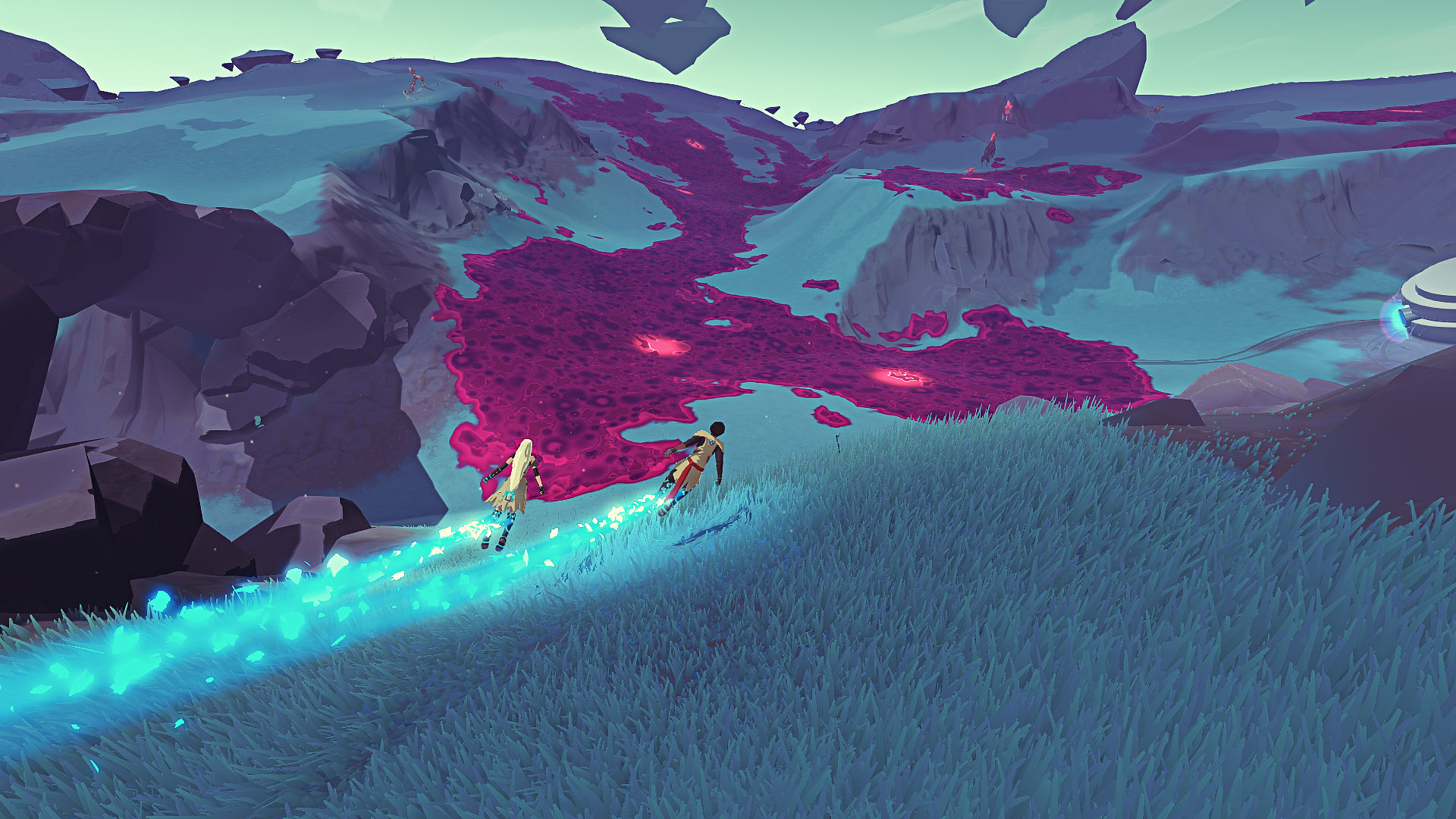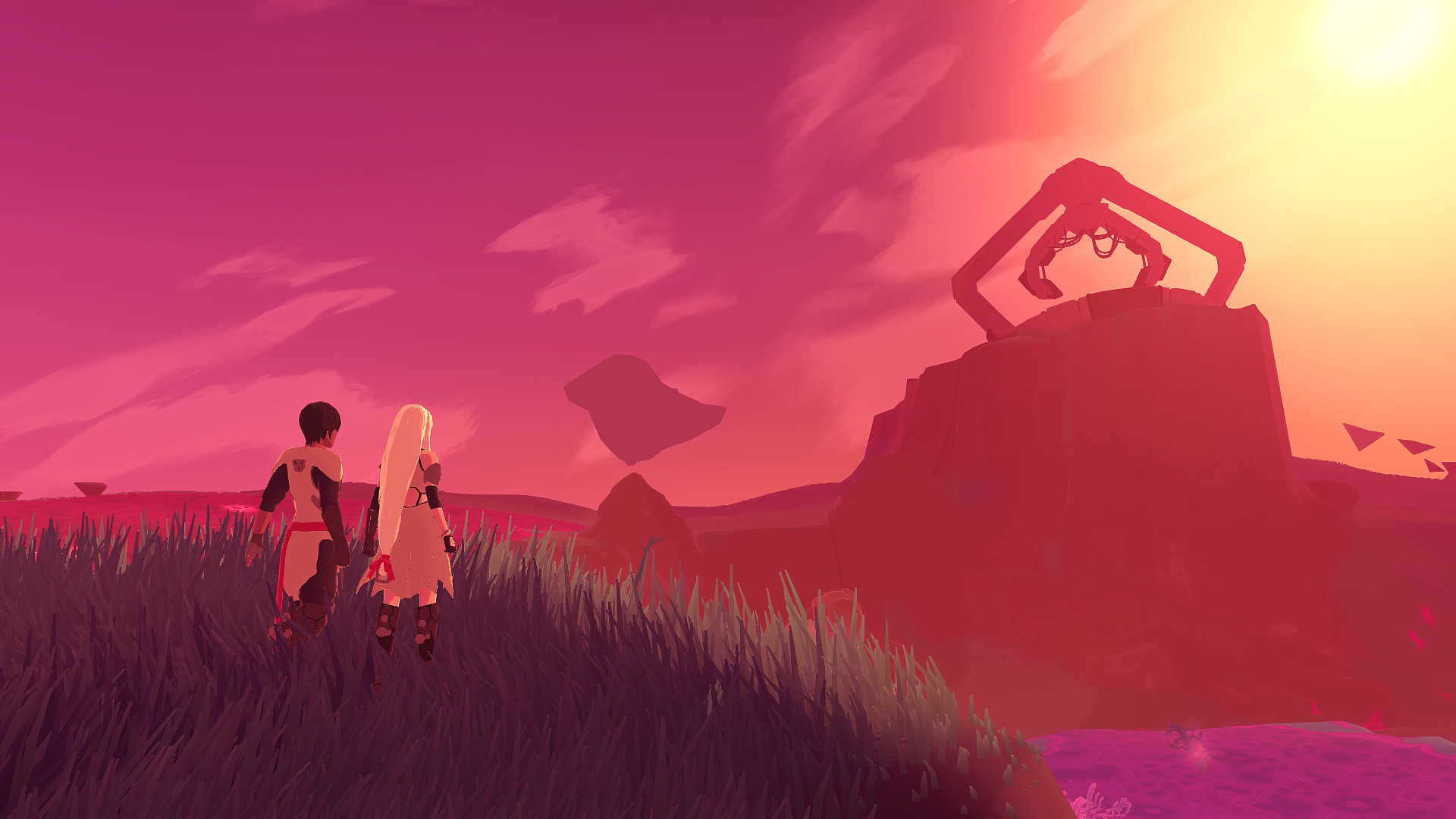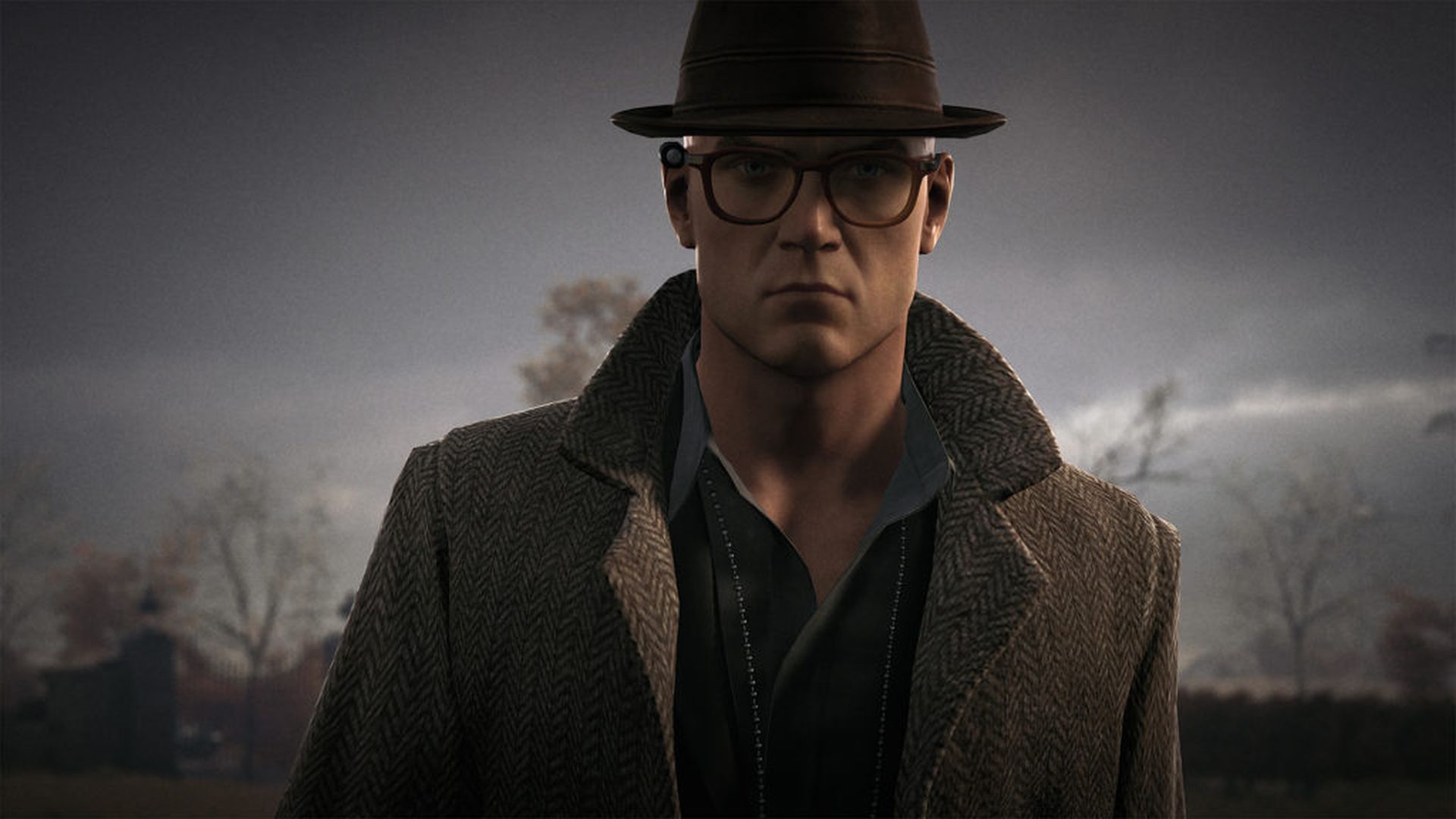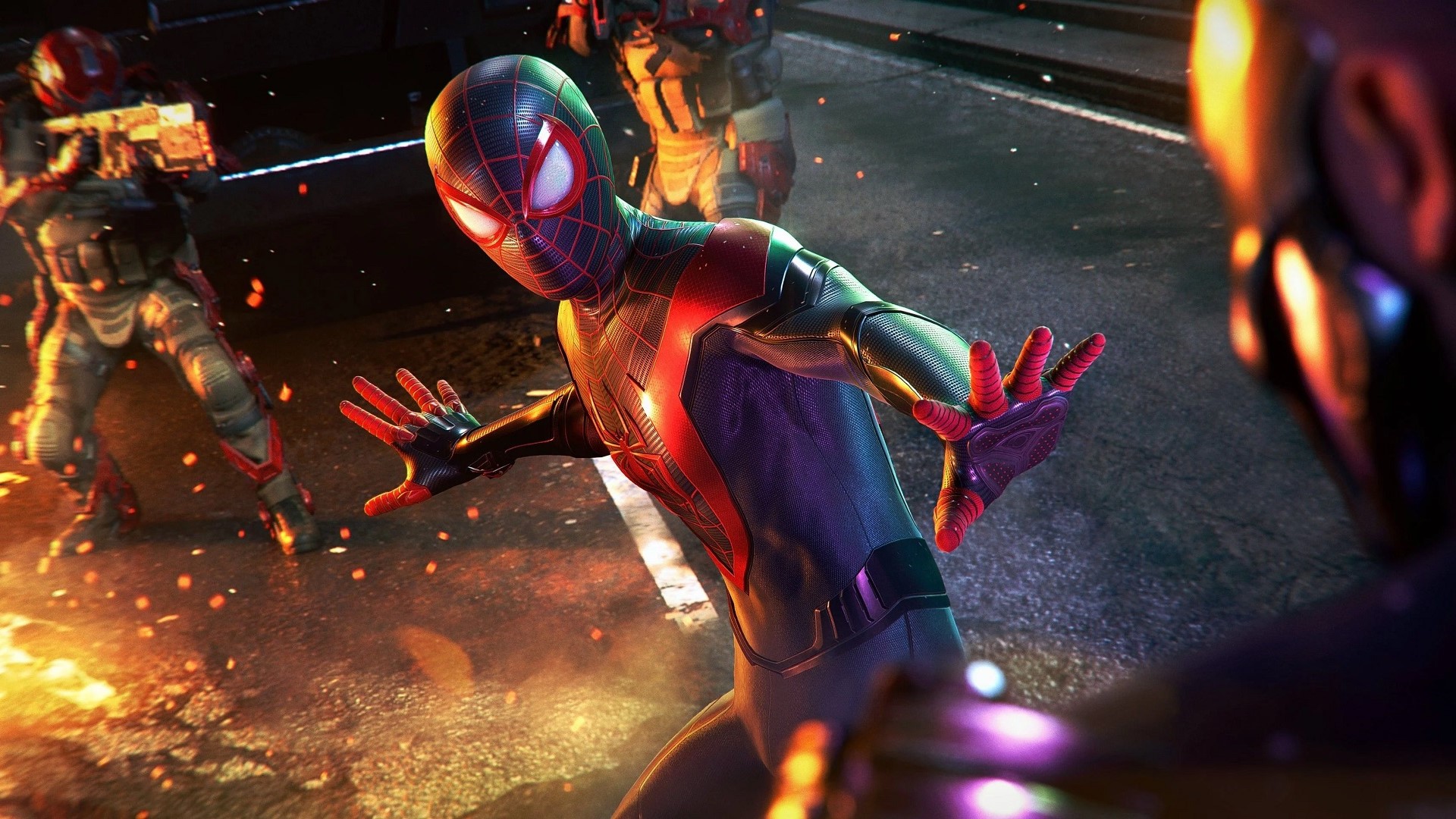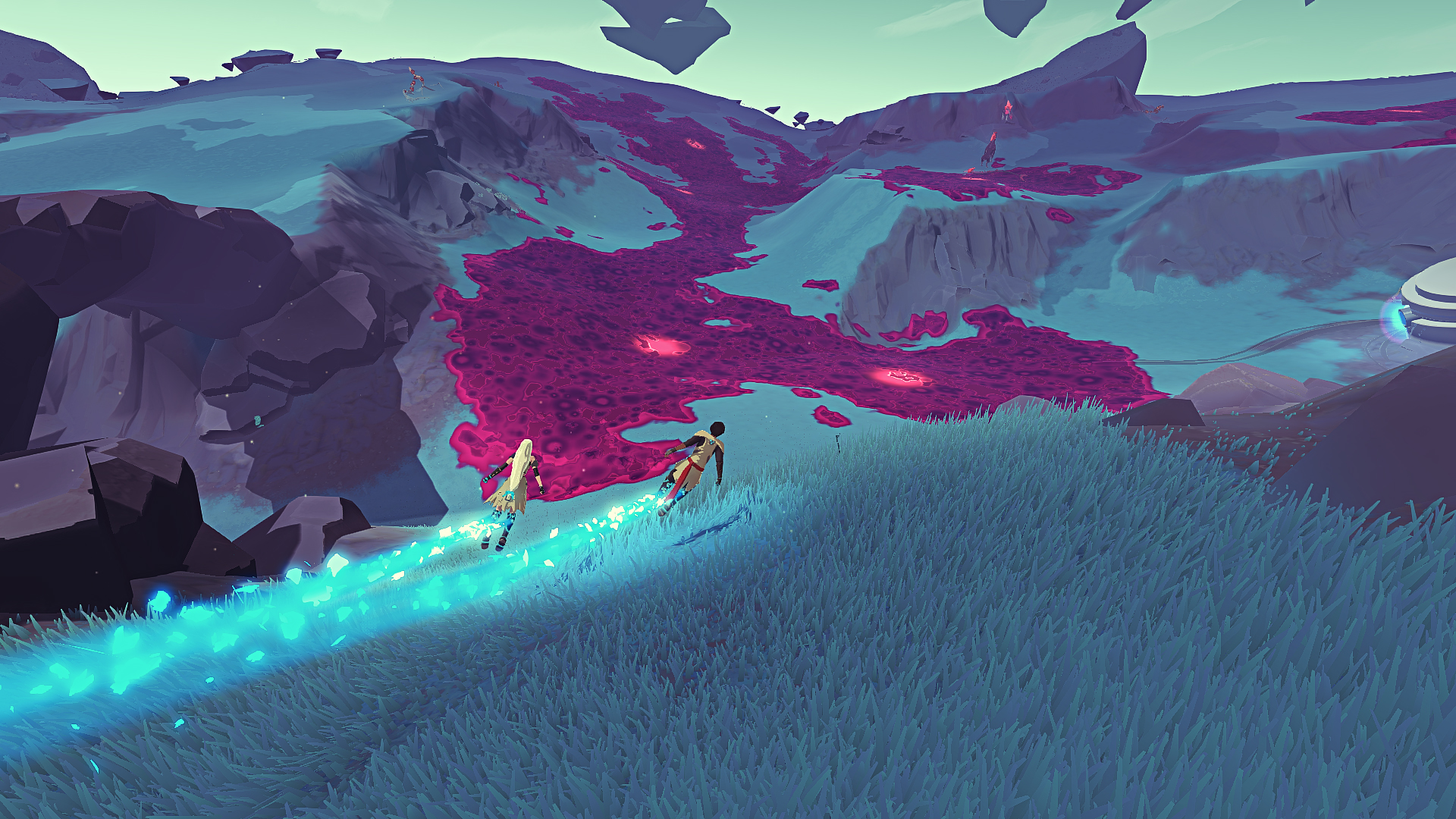
Storytelling in games tends to shy away from delving deep into romantic relationships. Sure, games reference relationships all the time as a vehicle for investing you in the protagonist’s struggle and ingratiating you with other characters, but thematically, relationships are rarely put front and center. Centralizing a game’s story around an ongoing relationship has proven difficult for an interactive medium, whose inherent agency often conflicts with the timing and personability of love stories. Haven attempts to break through this barrier, putting a mature, ongoing relationship at its core and building around it, attempting to let its main theme of love enhance its gameplay and keep its focus throughout. Its explorative, relaxed gameplay doesn’t always connect with its romantic story, but Haven’s adorable main couple and gorgeous presentation facilitates the exploration of a complex love story and proves the potential for love as a central theme in game stories.
Haven wastes no time in informing you of its central relationship. The opening moments consist of the couple in question, Kay and Yu, aboard their Nest spaceship, having crash-landed on a yet uninhabited planet called Source after escaping their oppressive home, whose Matchmaker decides each person’s spouse without a choice from the individuals. The couple’s curiosity for the planet, alongside their need for food, leads them to explore the islet on which they landed before a tremor sends their Nest into disrepair and forces them to look for replacement parts on the surrounding islets of Source. This development is the background for the story, but the relationship between Kay and Yu is the core driver of everything that happens, both in the overarching plot and the minute-to-minute experience on Source. There isn’t that much that happens in the 10-12 hour story that is particularly surprising or unpredictable, but it’s all told in such a loving way that it doesn’t need many twists and turns, accompanied by beautiful animations of its characters and consistently excellent performances from its stars and generally effective writing. It’s not trying to win you over with a rollercoaster of a story; it does that with its continued exploration of its characters.
"There isn’t that much that happens in the 10-12 hour story that is particularly surprising or unpredictable, but it’s all told in such a loving way that it doesn’t need many twists and turns, accompanied by beautiful animations of its characters and consistently excellent performances from its stars and generally effective writing."
Thematically, the story delves into the tried and true idea of love and whether it can conquer any obstacle, whether it’s a small disagreement on the Nest or the highly illegal escape from their home planet. At first, their relationship seems almost unreasonably pure and free from conflict, but not far in the couple runs into real, tangible hardships that threaten their relationship and push its limits. There are the natural highs that come with being in love, but it doesn’t shy away from showing the mundane, quiet moments either. When you’re not out exploring Source, you’re inside the Nest, performing one of a handful of slower tasks like cooking, crafting, or sleeping, each of which has a purpose. Staying fed keeps your speed up in combat, and crafting allows you to perform one-time powerful attacks or heal yourself, allowing every mundane activity to feel meaningful on top of the ways it builds the relationship.
Though the love story is at the center of everything, the characters aren’t annoyingly in your face about reminding each other of their love. Instead, they often choose to have more mature, meaningful conversations about things outside of themselves, from how they got to where they are to what their next moves should be. These types of cutscenes are diverse and pop up all the time when in the Nest, and, while I did end up seeing a handful of them more than once, it’s a refreshing portrayal of love that gives a better, more relatable look at the characters at the game’s heart and allows more complexity to their personalities than simply being in love with one another.
With that said, this relationship is at the core of everything that goes on in Haven, both in its story and its gameplay. Every action you take, from cooking a meal to defeating a monster, improves a meter representing the strength of their bond. Every filled meter not only acts as a level up, increasing your health and improving other stats, but also plays a longer, more revealing cutscene that shows the two’s bond actually deepening. These scenes are some of the highlights of the entire game because they show the two at their most vulnerable and gives an increasingly vivid picture of the relationship you’re investing yourself in.
"There are the natural highs that come with being in love, but Haven doesn’t shy away from showing the mundane, quiet moments either."
Haven’s moment-to-moment gameplay follows this relaxed, explorative feel around the islets of Source. Kay and Yu glide above the grass and can absorb a material called Flow by following strains in the environment like a skateboarder grinding a rail. Following each strain requires you to master the drift and the U-turn, both of which are tough to handle at first but become increasingly natural over time. There are many islets you can visit on Source, each of which utilizes the game’s unique color palette and contains beautiful detail down to each blade of grass, though they can start to blend together. They each contain these Flow strains and are connected in an increasingly complex array of bridges between them. Some bridges are only accessible by particular Flow strains that bring you high up in the air to hard-to-reach locations. This exploration to find Flow strains and bridges is usually relaxing, but it’s often frustrating in the camera’s stiffness while following a strain and the game’s lack of explanation for opening some bridge portals or accessing higher areas. Flow strains are often hard to find and far from the area you’re attempting to access, and the game sometimes gives you very little direction as to your next objective, which is magnified by the game’s confusing and hard-to-use map.
On virtually every islet, a substance called Rust covers a majority of the land, and your underlying completionist objective is to clean all the Rust from every islet in a way akin to Super Mario Sunshine. As long as your Flow meter isn’t depleted, you clean Rust as you touch it, collecting shiny Rust fragments along the way. Cleaning every islet completely isn’t necessary for story completion, but many upgrades require these Rust fragments and the often-annoying fast travel system requires an islet be fully cleared of Rust before traveling there. This mechanic is relaxing and meditative in a lot of ways and is often satisfying, but within it lies the primary disconnect between the game’s story and gameplay. The cleaning of Rust doesn’t add much to the relationship between Kay and Yu, and it often serves more as a distraction from the central theme than anything that further informs it. It’s clear in the way it’s presented that the two doing this are in love, in their quips at each other and the way they hold hands when they glide together, but there’s no inherent connection between the story at the game’s core and its central gameplay. This isn’t to say it’s bad; contrarily, its relaxing qualities are effective, especially combined with the game’s gorgeous soundtrack, but it feels like the gameplay doesn’t always add to the story in the ways that other mechanics focus so heavily on doing.
Where the connection is more evident is the game’s combat, a pseudo-turn-based style faceoff between the two lovebirds and hostile animals on Source. These animals are initially peaceful, but the Rust has turned them hostile, and instead of killing them, your goal is to pacify them. These are functionally the same, but pacification is thematically easier to swallow for a game about love. Where the connection lies is how you control both characters in combat. You have four main options: long-ranged attack, close-ranged attack, shield, and pacify, each of which is an option on the D-pad for Kay and the face buttons for Yu. Initially, they work independently, shooting off their own attacks, but they’re forced to progressively work in tandem to defeat most enemies. If both charge the same type of attack at the same time, they can perform an even more powerful version of that attack, and after being knocked down or stunned, some enemies will get up or recover within the time it takes to charge a full attack, meaning that you have to be prepared with the other character to attack quickly in a short window. The combat itself isn’t the most enjoyable aspect of the game, but its connection to the theme makes it a lot more interesting than standard turn-based combat, and I was usually impressed with the ways I could use the two characters to improve one another.
"The combat itself isn’t the most enjoyable aspect of the game, but its connection to the theme makes it a lot more interesting than standard turn-based combat, and I was usually impressed with the ways I could use the two characters to improve one another."
Haven, like its protagonists, clearly has one thing on its mind. Throughout virtually everything it presents, the relationship between its main characters takes center stage, and it crafts a beautiful and surprisingly realistic view of an ongoing love story. There are fights, deep conversations, and mundane tasks that pepper this game like they would a real romance, and the game doesn’t shy away from portraying two complex people in a complex situation. Though its explorative gameplay sometimes feels disconnected from its story, it’s never to the point of boredom or confusion. Its combat forces the two to play off each other, and the rest of the game lets their connection evolve. The beautiful love story at Haven’s core overshadows the shortcomings of the rest of the game, and, while it works better in its storytelling than its gameplay, I always wanted to move further and see where Kay and Yu would go next.
This game was reviewed on the Xbox Series X.
